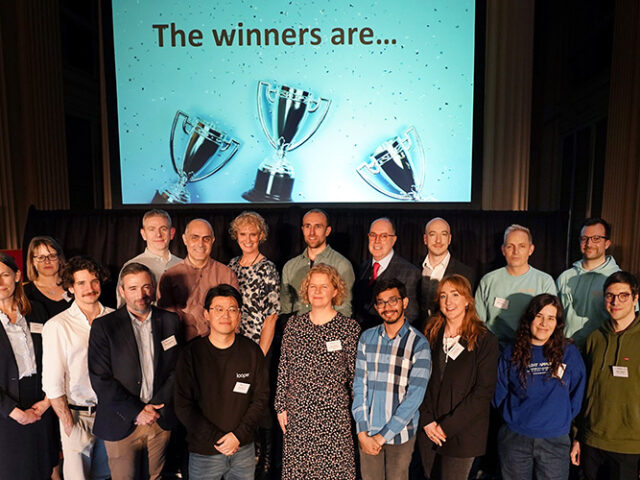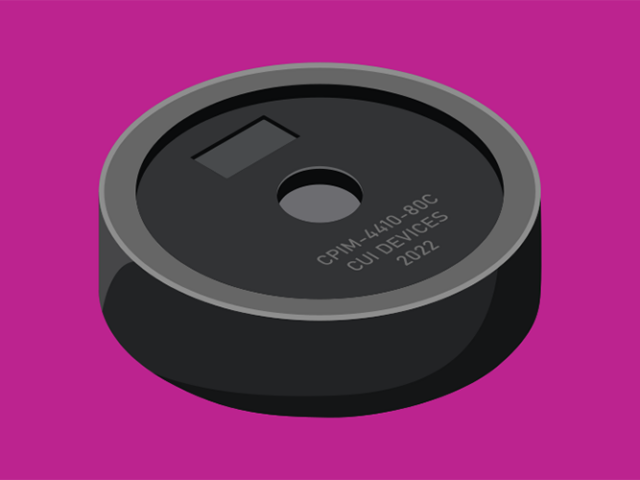From warehouses to hospitals, soft robots are used in different places to assist humans in moving items, treating patients and gathering information. As interests in these robots keep growing, Carnegie Mellon University scientists are developing ways to give them the kind of sensing capabilities found in natural soft tissue.
Most types of tactile skin require a wire for every single location where touch can be detected. The wires may eventually look like a large bird’s nest when it comes to sensing large areas and this complicated electrical interface may break the system.
“The wires might be fine inside hard cases such as smartphones and other devices, but if you’re talking about fabric, skin or something else that’s soft, then suddenly all those wires become sources of failure,” said Carmel Majidi, an associate professor of mechanical engineering.
To avoid this hassle, Majidi and Tess Hellebrekers from his Soft Machines Lab have developed an elegant solution: a soft magnetic skin with a single sensing element. Their findings were published in Advanced Intelligent Systems.
This soft skin composed of silicone rubber loaded with millions of microparticles is like a stretchy magnet that can be placed on robots, natural skin or other surfaces to provide a sense of touch. Each particle has a north pole and a south pole, which creates a magnetic field. When the material makes contact with another object, the rubber detects the move and all those microparticles will start moving around, thereby changing the internal magnetic field within the rubber.
These changes in the magnetic field will then be detected by the magnetometer, an electronic chip embedded in the magnetic skin. By measuring these changes, the magnetometer can infer the location and intensity of the contact and estimate where the touch is and how hard the touch is pressing on the material’s surface.
“I think force and contact are the two key interests for most skin sensing because our skin can do that too,” said Hellebrekers, a doctoral student in robotics.
Source: “An elegant solution for soft sensing challenge”, Miranda Liu, Carnegie Mellon University




